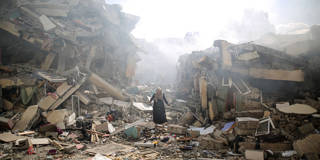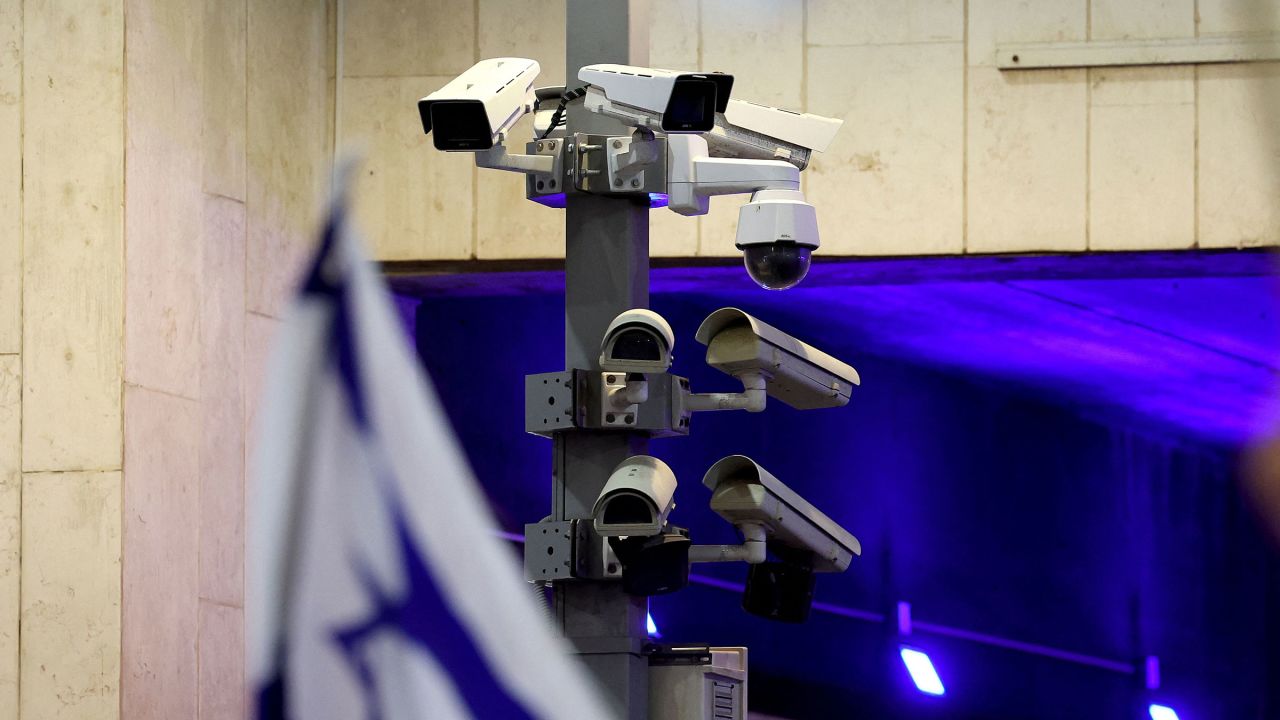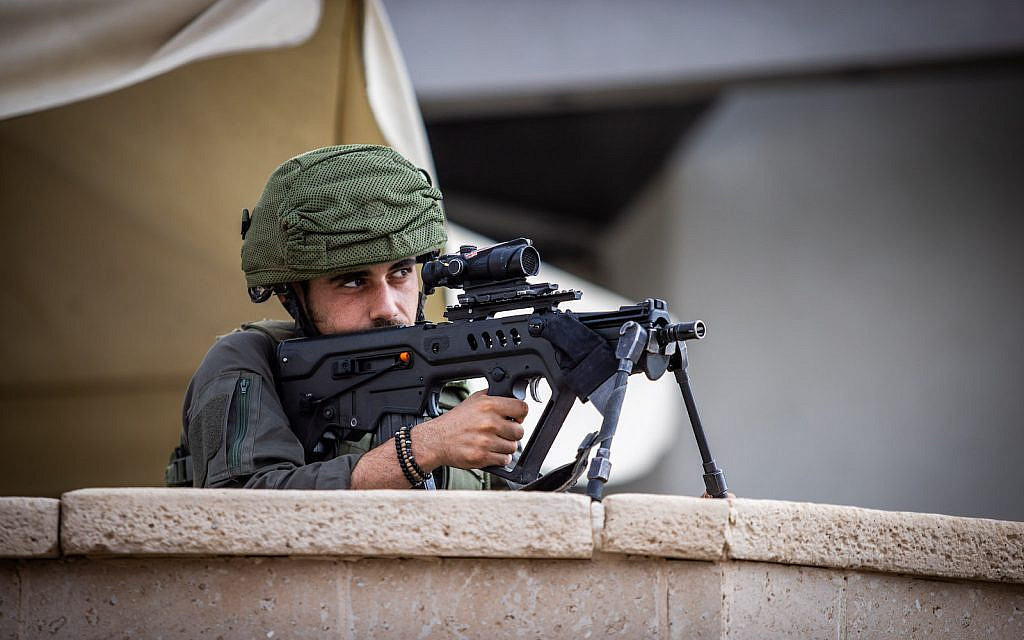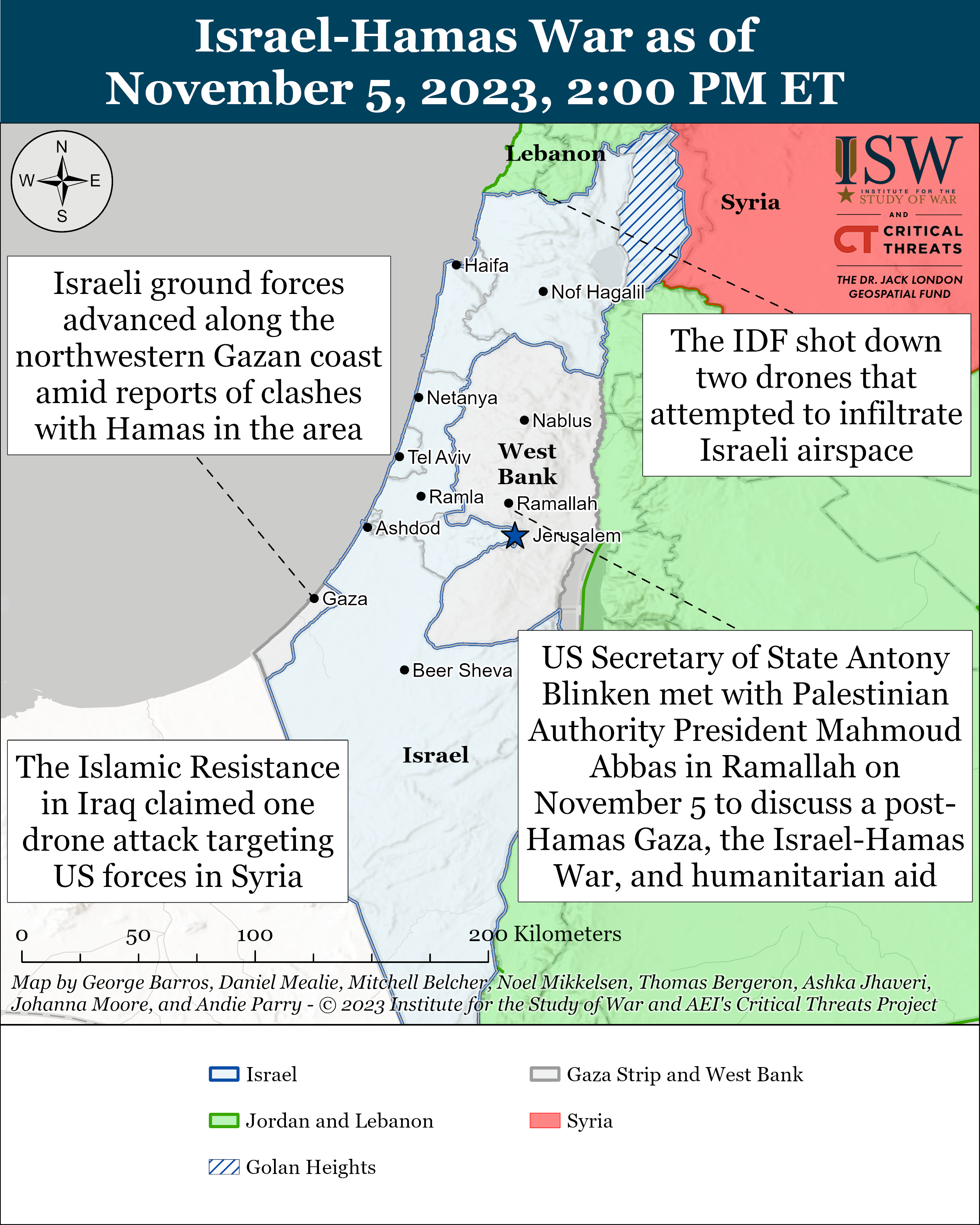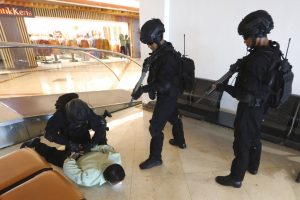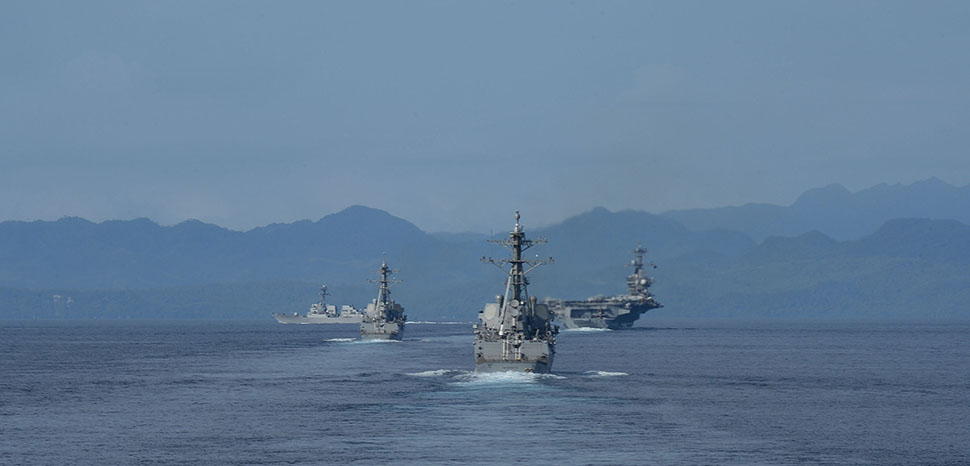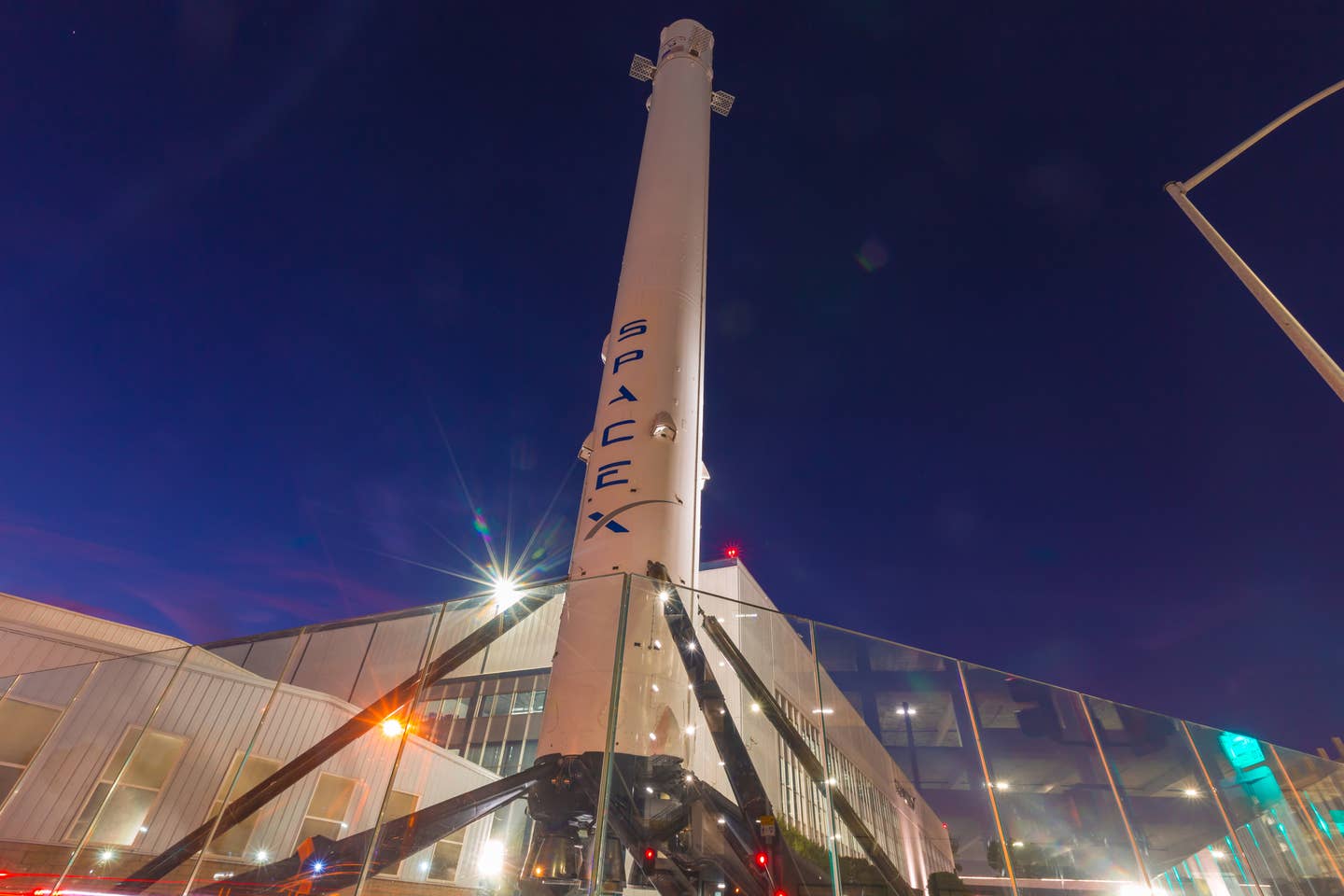Maya Carlin

On October 7, Hamas terrorists breached Israel from many points of entry. Paragliders, weaponized bulldozers, and boats were just some of the vessels that Hamas used to enter Israel and kill as many Jews as possible. While the Gaza-based terror group slaughtered at least 1,400 people and injured thousands more, Israel’s Navy singlehandedly prevented many more fighters from entering the Jewish state by water. Earlier last month, the IDF released footage that shows the Navy’s efforts to eliminate terrorists attempting to gain access to Israel by water. In the video, Hamas speedboats are sunk by Israel’s Dvora-class patrol boats.
The IDF said “Snapir fighters opened fire on the terrorists, amid a naval pursuit. The fighters thwarted a number of terrorists at sea, and from there they continued to thwart terrorists when they reached the coastline.” According to the military, dozens of terrorists were also killed in Hamas’ attempted naval infiltration.
Israel’s Navy: Small But Mighty
Since October 7, Hamas militants have continued to try to access Israel via water to wage additional terror attacks against the country. Last week, IDF Spokesman Rear Adm. Daniel Hagari revealed that Naval forces spotted terror cells entering the sea from a tunnel. According to the official, Israel’s Naval forces killed them all and continued to search for additional terrorists. As the Israel-Hamas war continues, the Gaza-based group with undoubtedly make continued attempts to infiltrate the Jewish state by water.
Since the IDF’s imminent full-scale Gaza incursion is monopolizing the media at the moment, Israel’s Navy is often overlooked.

